An independent report from Cardiff University has made recommendations on how to ‘revive’ Welsh rural communities. Is sustainable green energy growth the answer?
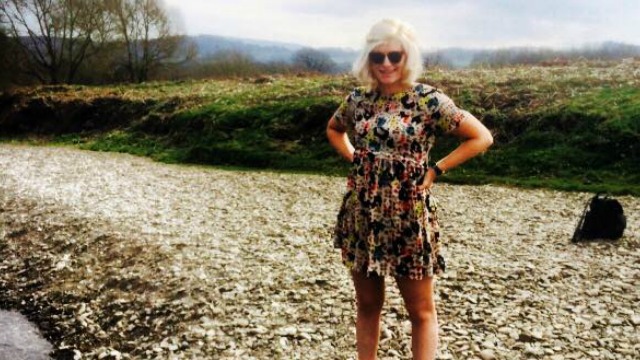
Growing up in a rural community in a national park, Fiz Gibson-Watt witnessed the degradation of her local services first-hand. Her hometown, small market town Hay-on-Wye resides on the tip of Brecon Beacons National Park in Powys, mid Wales. Though the national park is close to Cardiff, it is a different world from the bustling, multicultural capital city.
“It was isolated and tough,” she admitted. Studies have shown that rural areas in Wales have been net losers in health services, shops, schools and broadband for some time. “It is a paradoxical situation, the more services we lose, the more people tend to move away and more services are lost again as the population shrinks and ages.”
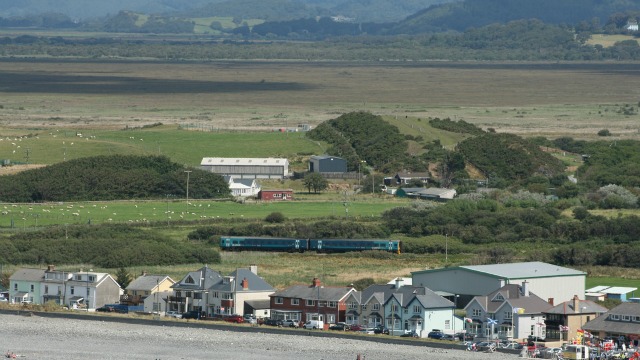
A fresh approach is needed to ‘revive’ rural communities, and this viewpoint has been highlighted by a recent independent report commissioned by Wales’ Natural Resources Minister Carl Sargeant. The study, chaired by Professor Terry Marsden of Cardiff University examined eight ‘designated landscapes’ of Wales, aiming to ensure they are equipped to meet current and future challenges whilst retaining their world-renowned natural beauty.
National parks have their own governing authorities, and the independent review gathered information on current models of rural Welsh governance, comparing them to other international human-managed landscapes and areas of outstanding natural beauty. From this, frameworks were established that could help rural communities under Welsh local authorities.
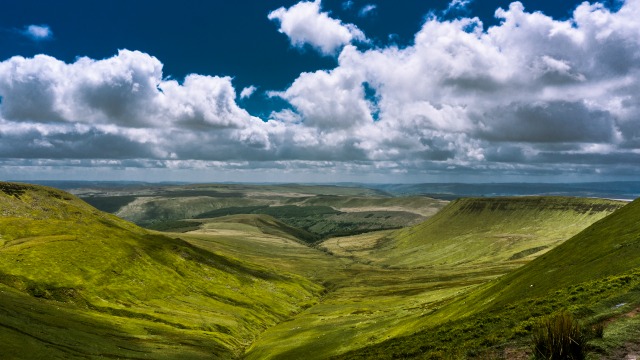
Marc Adams, a researcher who assisted on the study said: “In the report recommendations are made on how to fit National Parks into the national debate. Law in Wales is changing rapidly; there is lots of forward-thinking legislation examining sustainability and the future of troubled rural communities assessing how best they can be managed.”
The report shows the differences in well-being, health and education from rural to more populated regions of Wales. From this, more united authorities in the rural landscapes will promote greater use of the countryside assets, fostering more vibrant rural communities with diversified jobs and services.
The report makes sixty-nine recommendations in total, hoping to better equip rural communities to thrive in radically changing social and economic climates. However, questions have been raised whether this report will mark the change that is needed in the Welsh countryside.
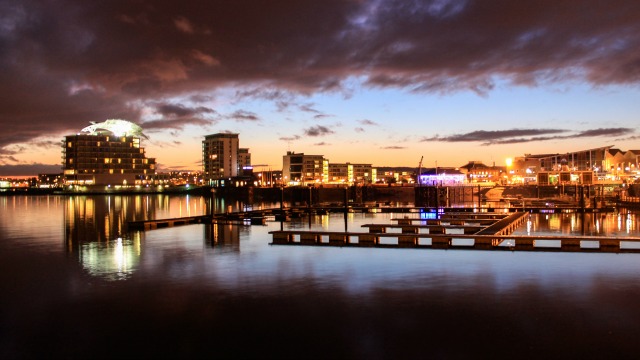
The current investment focus on city regions such as Cardiff has seen rural areas losing out on funding for basic services and infrastructure. In Fiz’s ward alone, two out of three schools have recently closed, forcing families to reconsider living rurally. This leads to a rapidly ageing population; there is an influx of retired people seeking a quiet country life whereas younger people tend to move away to seek services and prospects.
This has a cascade effect on other local amenities. The ageing population puts a strain on health services, services that have felt the brunt of government cuts. Local politician James Gibson-Watt highlighted the pressure rural communities are facing: “Older people make the biggest demands on social care, yet they are the most prevalent demographic in these rural areas.”
“Economic and social development is going in opposite to what it should be. It’s long term social engineering towards an ageing population and it’s really looking bleak.”
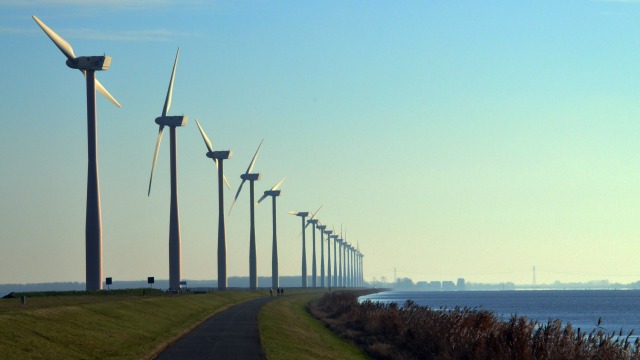
One of the more economically promising proposals calls for National Landscapes of Wales to stimulate more green energy development. This would generate a number of jobs in rural regions as well as placing Wales at the forefront of sustainable energy growth. However, James Gibson-Watt is quick to point out pitfalls of such a plan: “Planning for such large-scale projects is rarely permitted by national park authorities. The Brecon Beacons authority in particular, from my experience, favours tourism growth, not these green energy schemes, as costs are huge.”
Referring to a case within his region, Talybont Reservoir Hydroelectricity Scheme, James points out “green energy schemes would only work if the projects were localised so the community directly feels the benefits.” The energy produced from his local scheme goes straight to a national grid and not to the nearby village. Though the company invests back into community projects, locals would prefer to have free electricity from the plant or other more direct benefits. “People would be much more willing to back future schemes this way,” he adds.

Elen Owen, a 22-year-old biology graduate and environmental analyst who grew up in Abergynolwyn, Snowdonia National Park has seen local opposition to green energy schemes first hand. In her region, applications for wind farm development are often rejected due to the opposition from the local community to the large costs. Her godmother, Mrs Rees is a member of Meirionnydd Campaign for the Protection of Rural Wales and has tirelessly pushed for alternatives to protect the landscape. “She even paid for solar panels to be installed in her home to show the alternatives,” Elen reflects. “She claims that wind turbines are inefficient with huge environmental and economic costs for building pylons and turbines and roads and holes to accommodate the turbines. Very few local farmers directly benefit from these schemes, most of them depend on tourism and will lose out heavily if the landscape is industrialised.”
Other green energy schemes in Elen’s village have also fallen through. “There was one effort to set up a biomass energy system in the village which went bust, the developer actually turned out to be a con man which is pretty exploitative of an already vulnerable community.” Attempts have also been made to set up an eco primary school in the region, which has been an unsuccessful project. “It’s been an absolute disaster,” she claims. “It was the way the local authority went about it, they closed all the small schools down for this to send all the kids in for this big project and it’s a mess.”
“Sustainable energy generation such as biomass boilers really suit rural communities because they can use agricultural waste and stuff like that, but the farmers don’t know about it. The reason big plans like this won’t work lies with the local authorities, they don’t encourage it enough or execute such plans efficiently.”
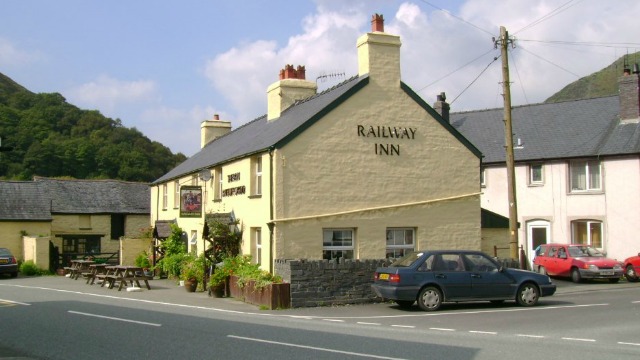
Whilst the independent report makes big recommendations, painting a bright picture of the future of Wales’ Designated Landscapes, father and daughter James and Fiz Gibson-Watt have a more pessimistic approach after seeing their community decline. “These proposals need a lot of guidance from the centre. Local politics is a huge issue here, national park authorities and councils aren’t responding well to this deterioration of services and it has lead to terrible decision-making and outsourcing. A coalition in the Future Landscapes Working Group will help but further major failures in service delivery are inevitable.”
“Though the report’s intentions are good, it might be too little too late.”
